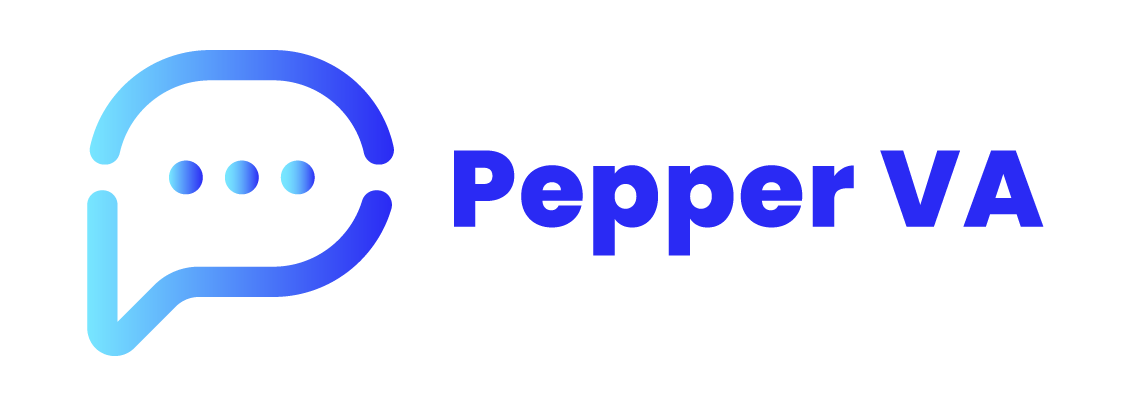Students with disabilities face unique challenges that traditional classroom settings often can’t address effectively. When learning differences require specialized attention, many families turn to individualized instruction that can adapt to their child’s specific needs.
In the 2022-2023 school year, special education programs helped address the learning needs of 7.5 million students with disabilities aged 3-21. Technology is now transforming how educators support these learners through innovative tools.
The digital age has brought remarkable changes to special needs students. Teachers and tutors now have access to sophisticated technology that can personalize learning experiences in ways never before possible. For many educators and students, an online tutoring platform is now the tool of choice, offering flexibility and levels of customization that traditional classroom environments cannot achieve.
Essential Virtual Assistant Technologies Transforming Special Needs Education
Modern technology offers online tutors powerful tools to create inclusive learning environments. These innovations help bridge communication gaps and provide adaptive support that responds to each student’s unique requirements.
Virtual assistants are revolutionizing how online tutors deliver instruction to students with diverse learning needs. These AI-powered tools don’t replace human connection but rather amplify a tutor’s ability to provide targeted, individualized support that makes learning more accessible and engaging.
AI-Powered Communication Tools
Speech-to-text applications have become game-changers for students with dyslexia or hearing impairments. These tools convert spoken words into written text, allowing learners to participate more fully in digital lessons. Text-to-speech features work in reverse, reading written content aloud for students who process auditory information more effectively.
Real-time language translation helps multilingual special needs students access content in their preferred language. Some virtual assistants can even recognize emotional cues through voice tone and facial expressions, providing valuable feedback to tutors working with students on the autism spectrum.
Adaptive Learning Management Systems
These systems are designed to follow each student’s progress closely, adjusting the difficulty level automatically as they improve. With built-in visual and auditory feedback, students stay engaged and receive instant encouragement when they get something right.
At the same time, integration with an online tutoring platform makes it easy for educators to keep an eye on several students at once without losing the ability to give each learner the personalized support they need.
Assistive Technology Integration
Screen readers and magnification tools support visually impaired students by making digital content more accessible. Voice commands and gesture recognition help students with motor skill challenges navigate learning platforms independently.
Cognitive load reduction features automatically manage complex tasks, breaking down instructions into manageable steps that prevent overwhelm.
Specialized Support Strategies for Different Learning Disabilities
Each disability presents unique challenges that require targeted approaches. Virtual assistants can be programmed to recognize and respond to specific learning patterns and behaviors.
ADHD-Focused Applications
Attention span monitoring helps track when students need breaks, automatically suggesting short movement or breathing exercises. Gamification elements maintain engagement through interactive rewards and achievement systems.
Distraction filtering blocks unnecessary notifications and visual clutter during focused learning sessions. These tools help students with ADHD maintain concentration for longer periods.
Autism Spectrum Disorder Accommodations
Reviewing the Ignite study, Neitzel said the percentage of students receiving tutoring when they were supposed to was “shockingly high,” topping 85% for the vast majority of students. This success comes from structured virtual scheduling that establishes predictable routines.
AI conversation partners provide safe spaces for social interaction practice. Sensory sensitivity adjustments allow students to customize lighting, sound levels, and visual displays to match their comfort preferences.
Learning Disability Support Mechanisms
Multi-modal content delivery presents information through visual, auditory, and kinesthetic channels simultaneously. This approach ensures that students can access information through their strongest learning pathways.
Step-by-step guidance breaks complex concepts into smaller, digestible pieces. Memory aid tools and concept reinforcement systems help students retain and recall important information more effectively.
Implementation Best Practices for Online Tutors
Successful integration of virtual assistants requires thoughtful planning and systematic implementation. Online education professionals must balance technology use with human connection to create optimal learning experiences.
Assessment and Customization Protocols
A comprehensive needs evaluation using diagnostic tools helps identify specific challenges and strengths. This information creates personalized learning profiles that evolve as students progress.
Parent and caregiver collaboration through shared dashboards keeps families informed and engaged in their child’s educational journey. Regular updates and progress reports maintain transparency and build trust.
Session Management Techniques
Pre-session preparation involves automated material organization and accessibility checks. Virtual assistants can ensure that all necessary accommodations are in place before instruction begins.
Real-time assistance during sessions provides immediate support when students encounter difficulties. Post-session analysis documents progress and identifies areas needing additional attention.
Crisis Intervention Protocols
Emotional distress detection systems can recognize signs of frustration or anxiety, alerting tutors to provide additional support. Emergency contact integration ensures rapid response when situations require immediate intervention.
Mental health resource connectivity helps connect families with appropriate professional support when needed.
Measuring Success and Continuous Improvement
Effective measurement systems help track both academic progress and overall well-being improvements. These metrics guide decision-making and program adjustments.
Performance Metrics and Assessment
Quantitative measurements track skill development and academic achievement over time. Qualitative engagement tracking monitors student satisfaction and participation levels.
Adaptive assessment techniques adjust to each student’s abilities, providing accurate progress evaluation without causing unnecessary stress or frustration.
Feedback Optimization
Student self-reporting through user-friendly interfaces gives learners a voice in their educational experience. Tutor effectiveness evaluation using analytics helps identify successful strategies and areas for improvement.
Data insights drive continuous platform enhancement, ensuring that tools remain current and effective for diverse learning needs.
Comparison of Virtual Assistant Features for Different Disabilities
| Disability Type | Primary Features | Communication Tools | Assessment Methods |
| ADHD | Focus monitoring, break reminders | Voice commands, visual cues | Gamified progress tracking |
| Autism Spectrum | Routine scheduling, social practice | Predictable interfaces, calm environments | Structured feedback systems |
| Dyslexia | Text-to-speech, reading support | Audio-first communication | Multi-modal assessment |
| Visual Impairment | Screen readers, magnification | Voice interaction, tactile feedback | Audio-based evaluation |
| Motor Difficulties | Gesture recognition, voice control | Adaptive input methods | Alternative response formats |
Moving Forward with Technology-Enhanced Learning
Virtual assistants are transforming how online tutors support special needs students by providing personalized, accessible, and responsive learning experiences. These tools don’t replace human expertise but amplify it, creating opportunities for more students to reach their full potential.
The integration of technology with compassionate instruction offers hope for families seeking effective tutoring support solutions. As online education continues evolving, the partnership between human educators and intelligent assistants will become increasingly vital for inclusive learning success.
Common Questions About Virtual Assistant Support
-
Can virtual assistants replace human tutors for special needs students?
No, they complement human instruction by handling routine tasks and providing 24/7 support while preserving essential human connection and empathy.
-
Which features work best for students with autism?
Structured routines, predictable interfaces, sensory customization options, and social interaction practice tools typically show the most positive results.
-
How do parents monitor their child’s progress?
Most platforms provide real-time dashboards showing session attendance, skill development, engagement levels, and tutor feedback in easy-to-understand formats.





